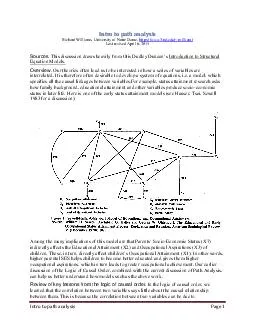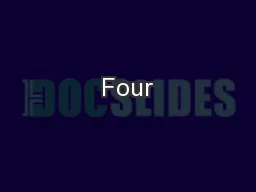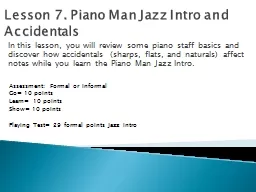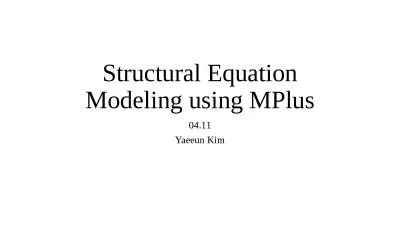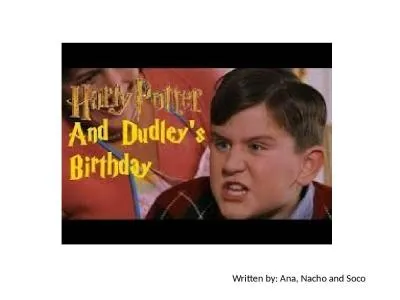PDF-Intro to path analysis Sources This discussion draws heavily from Otis Dudley Duncans
Author : myesha-ticknor | Published Date : 2014-12-13
Overview Our theories often lead us to be interested in how a series of variables are interrelated It is therefore often desirable to develop a system of equations
Presentation Embed Code
Download Presentation
Download Presentation The PPT/PDF document "Intro to path analysis Sources This disc..." is the property of its rightful owner. Permission is granted to download and print the materials on this website for personal, non-commercial use only, and to display it on your personal computer provided you do not modify the materials and that you retain all copyright notices contained in the materials. By downloading content from our website, you accept the terms of this agreement.
Intro to path analysis Sources This discussion draws heavily from Otis Dudley Duncans: Transcript
Download Rules Of Document
"Intro to path analysis Sources This discussion draws heavily from Otis Dudley Duncans"The content belongs to its owner. You may download and print it for personal use, without modification, and keep all copyright notices. By downloading, you agree to these terms.
Related Documents

